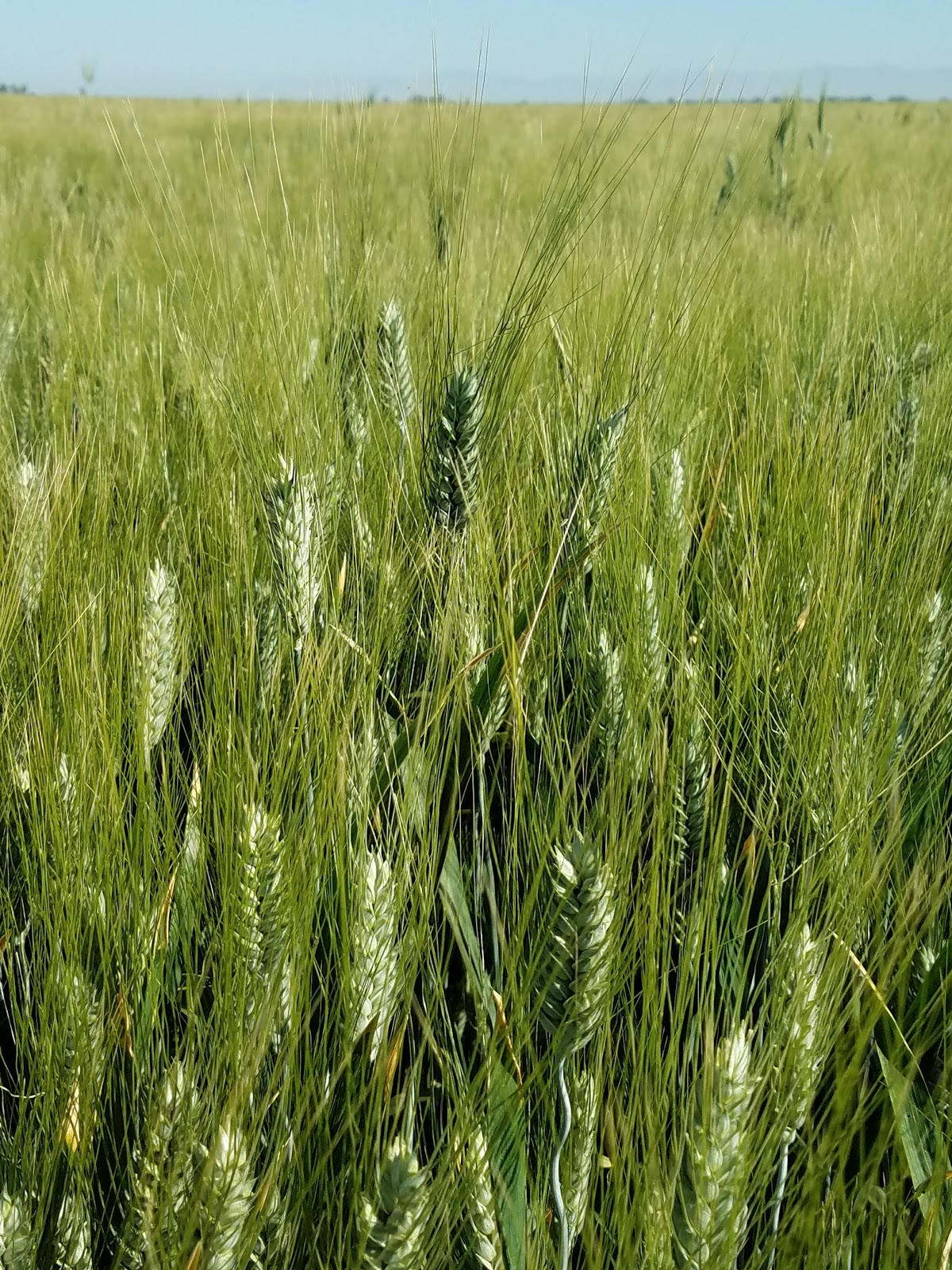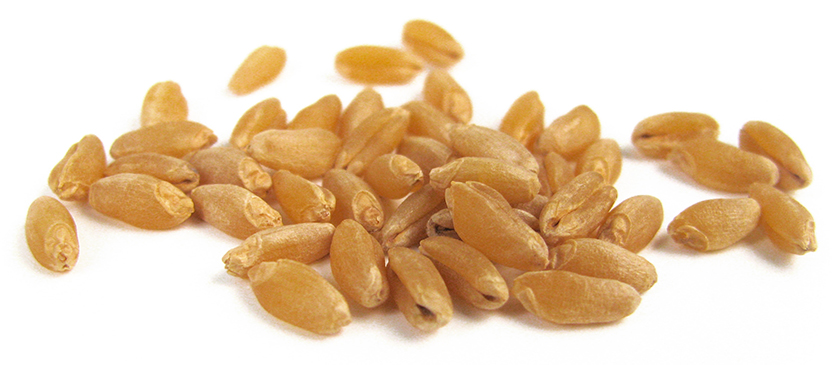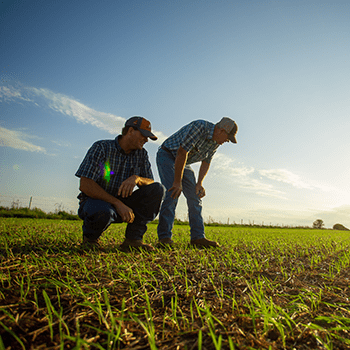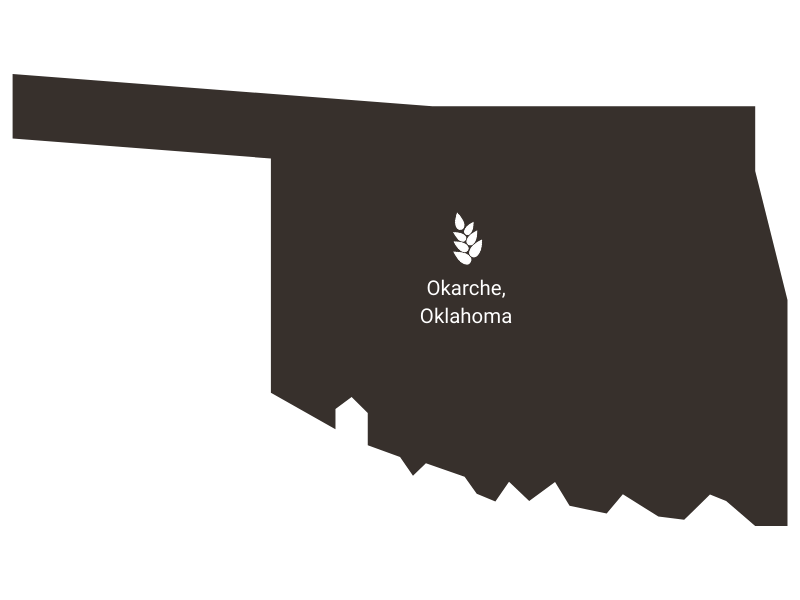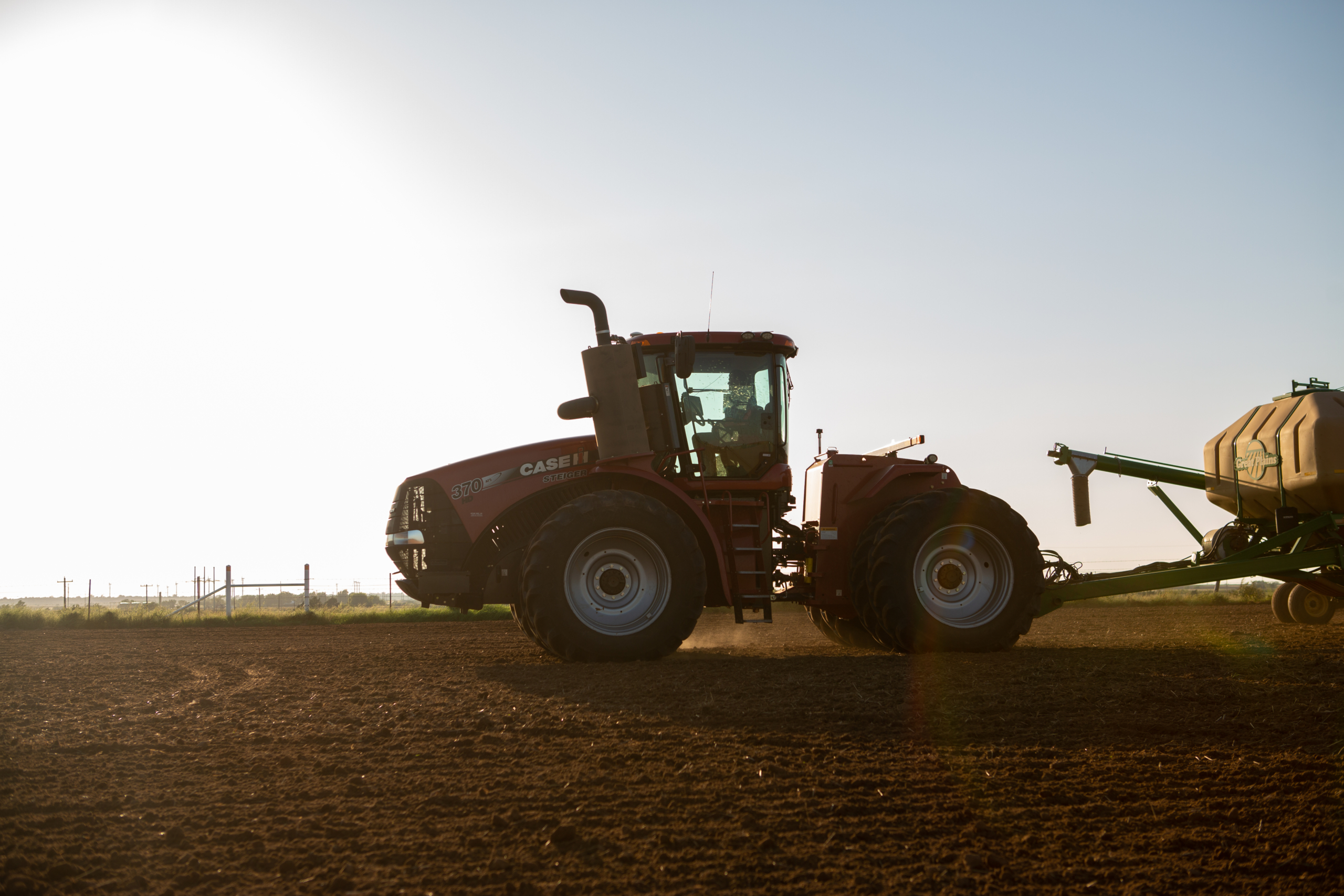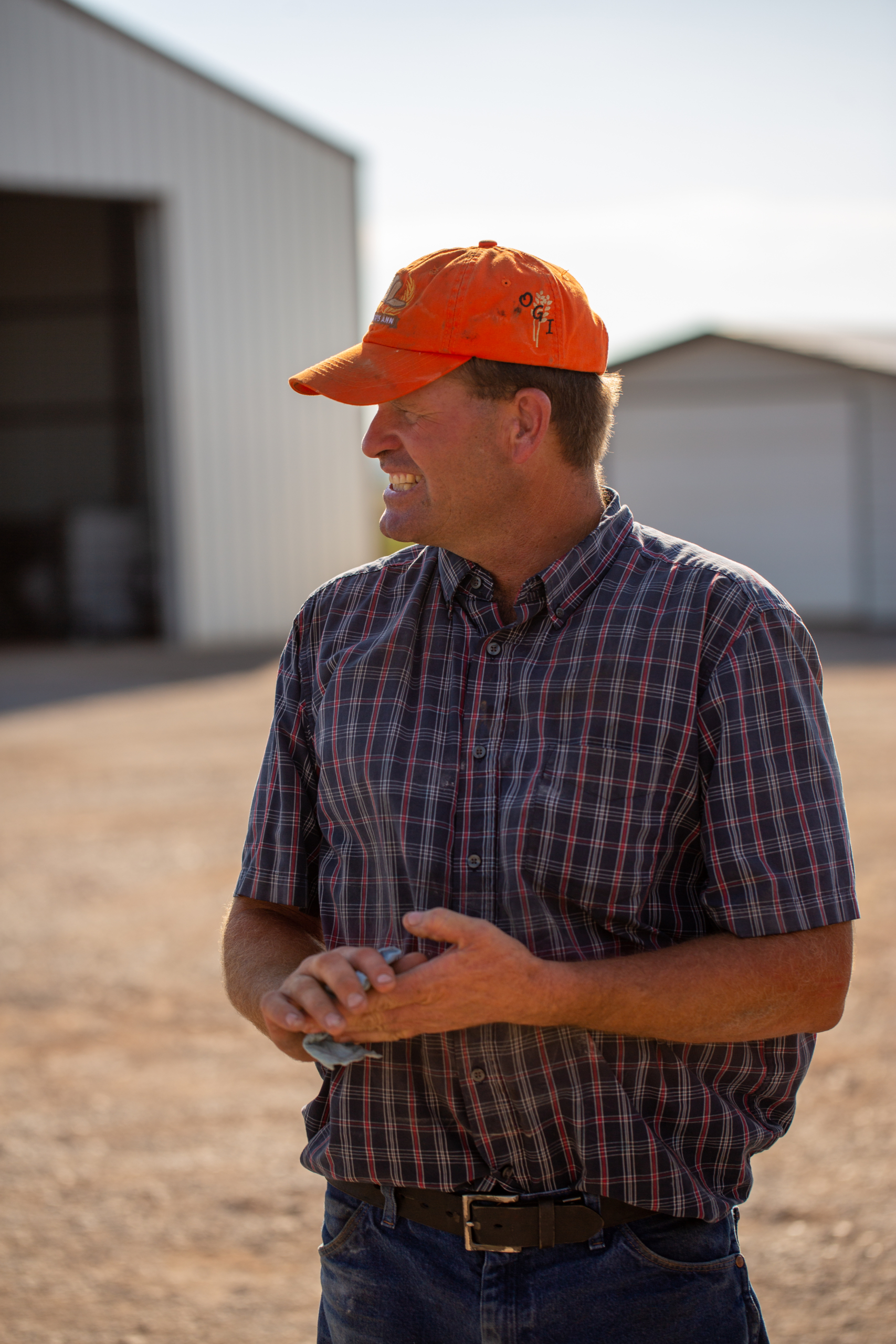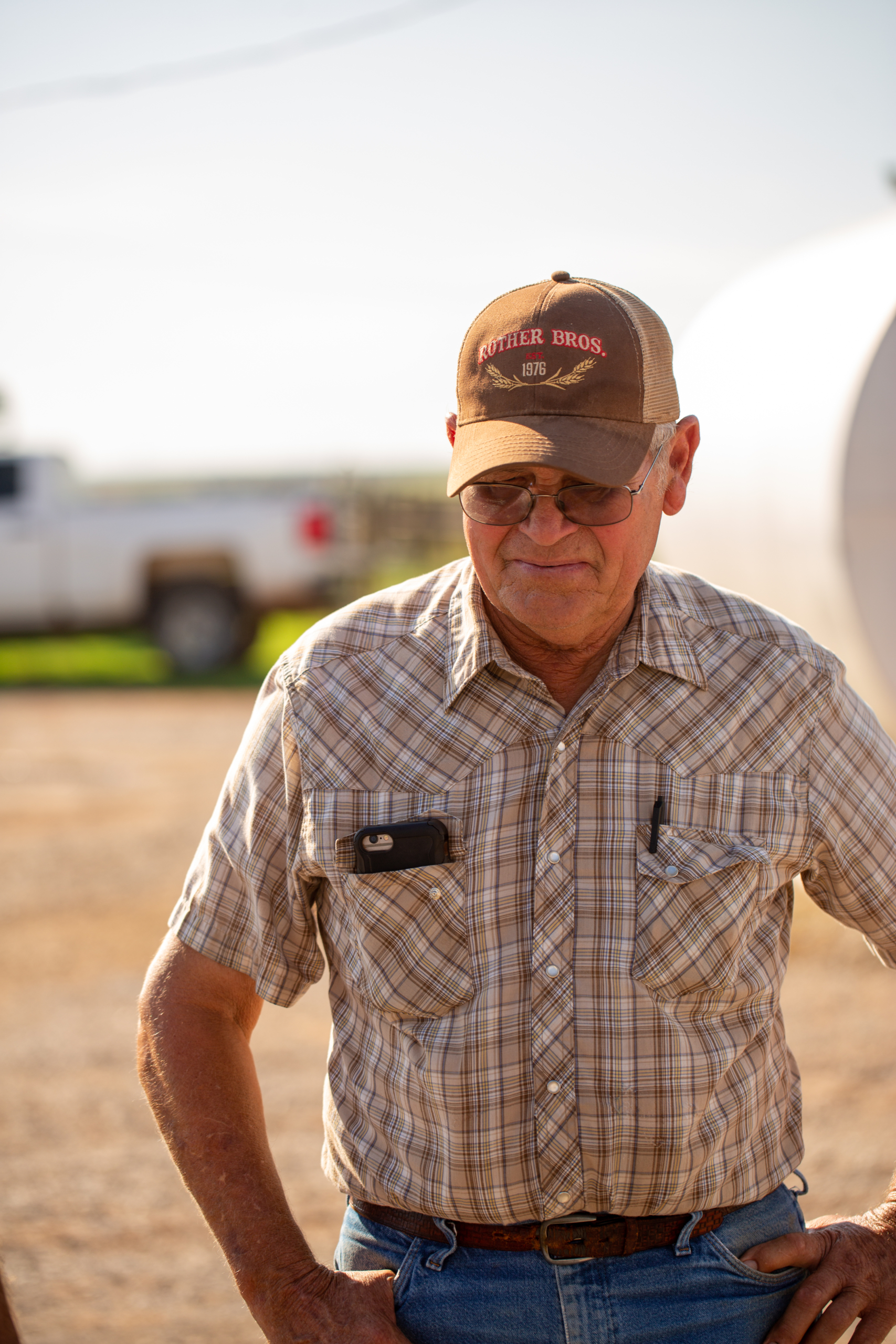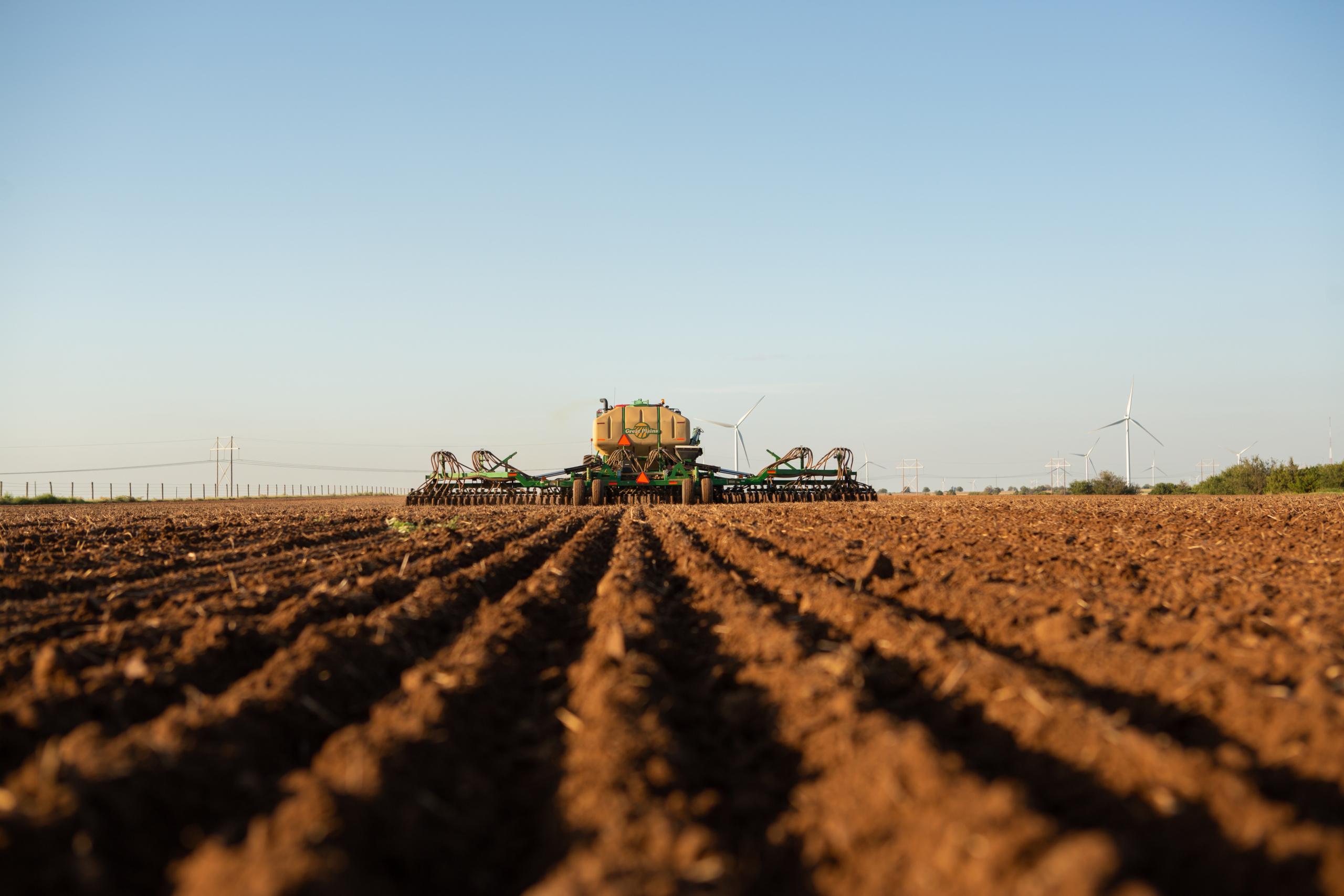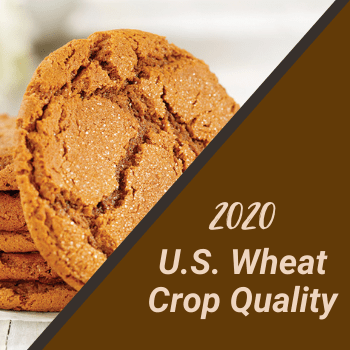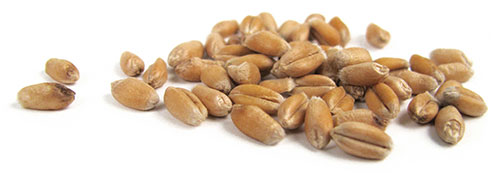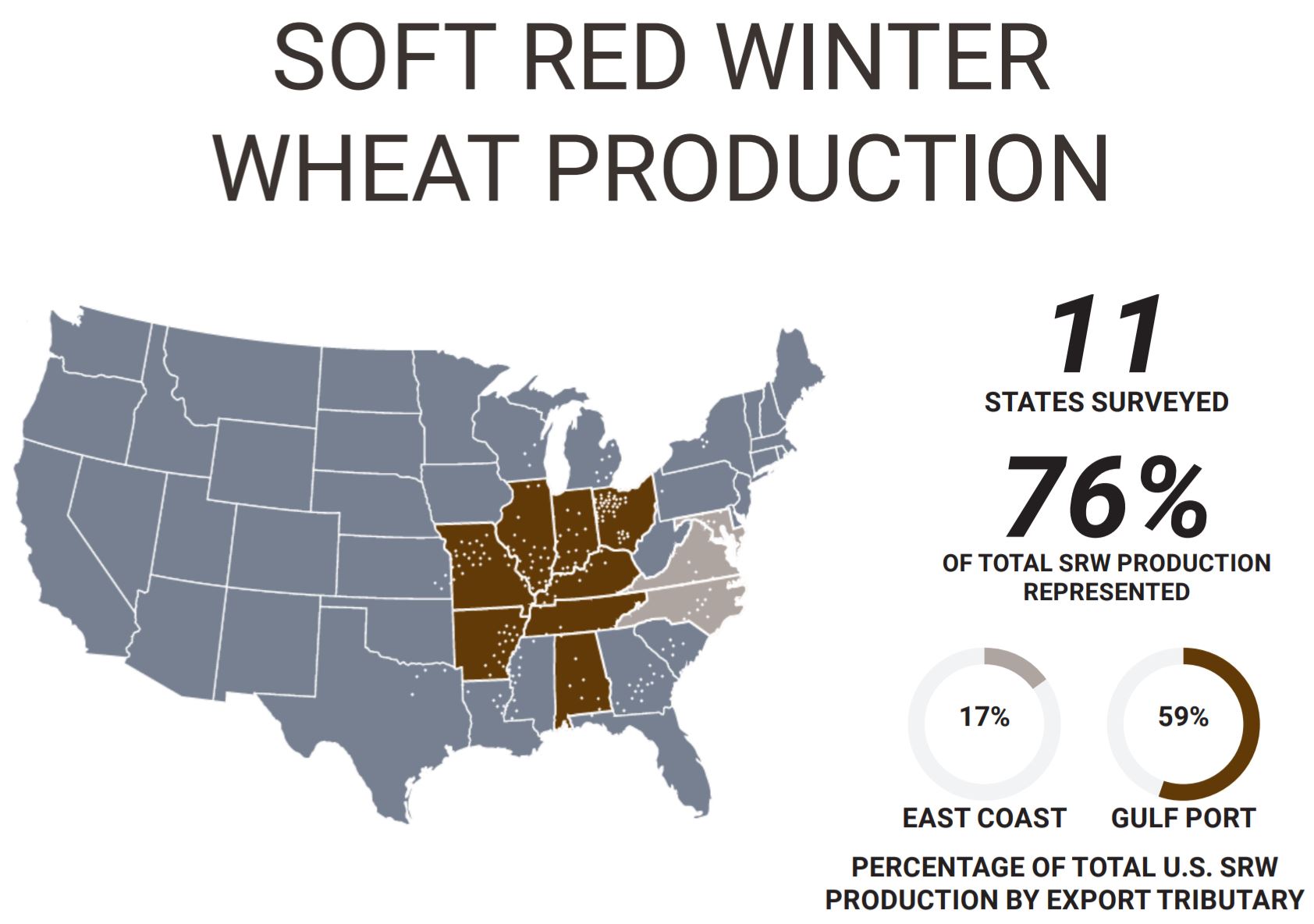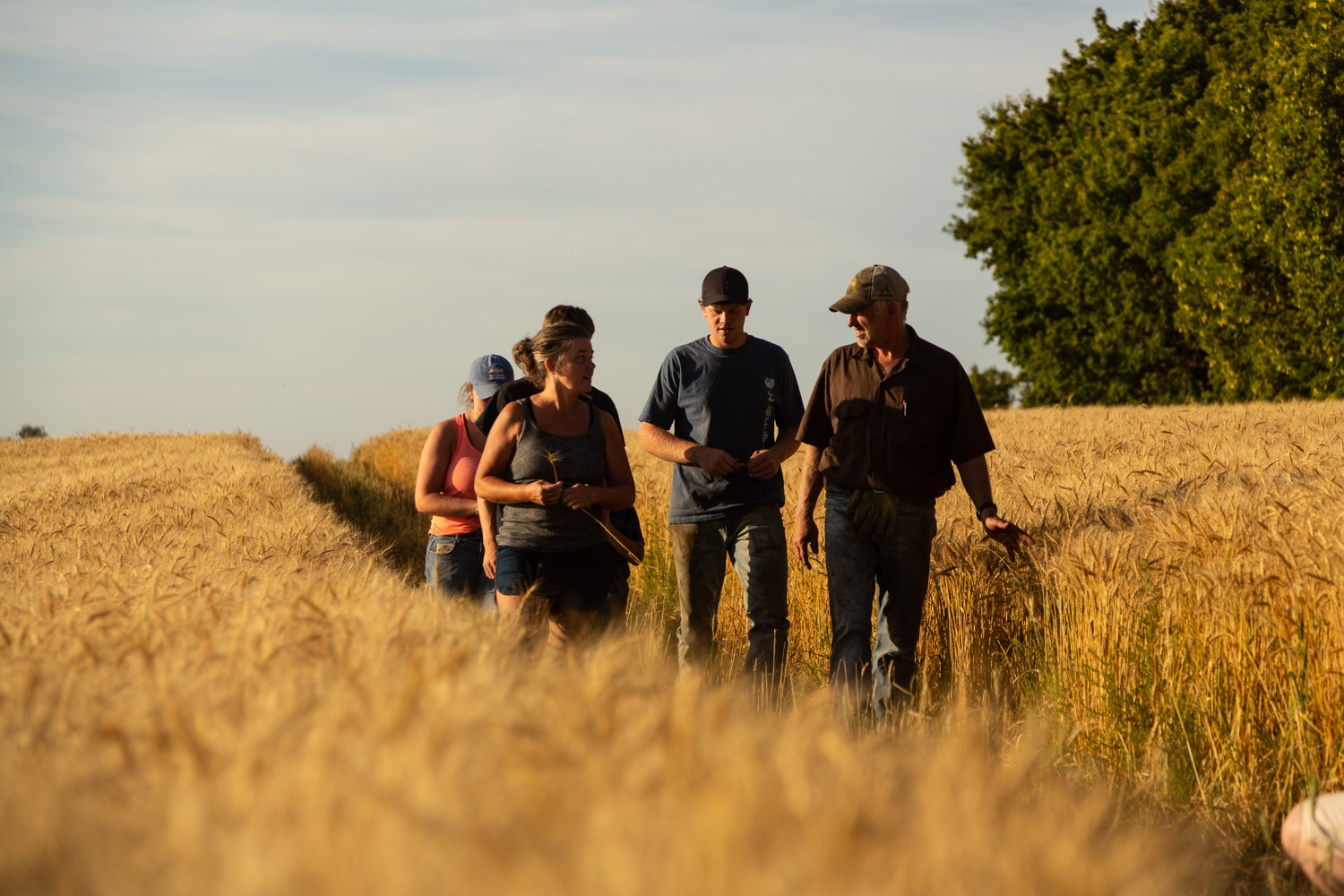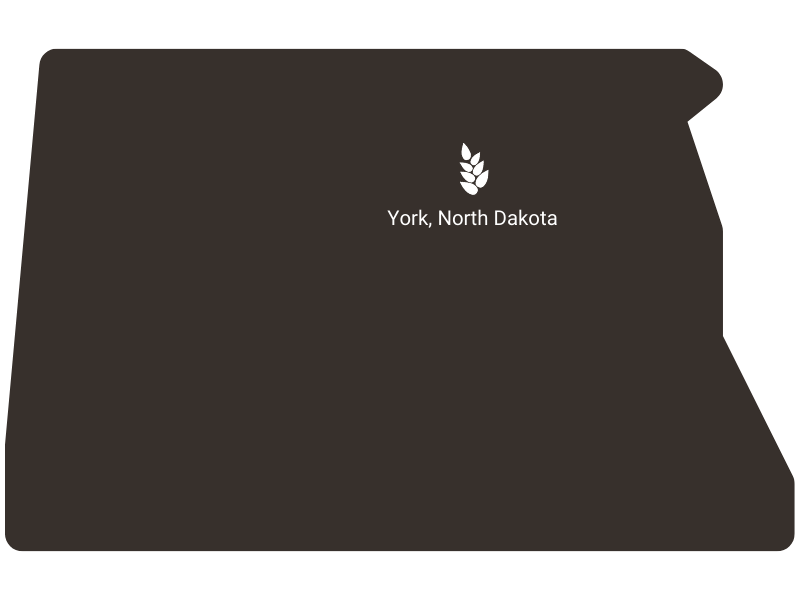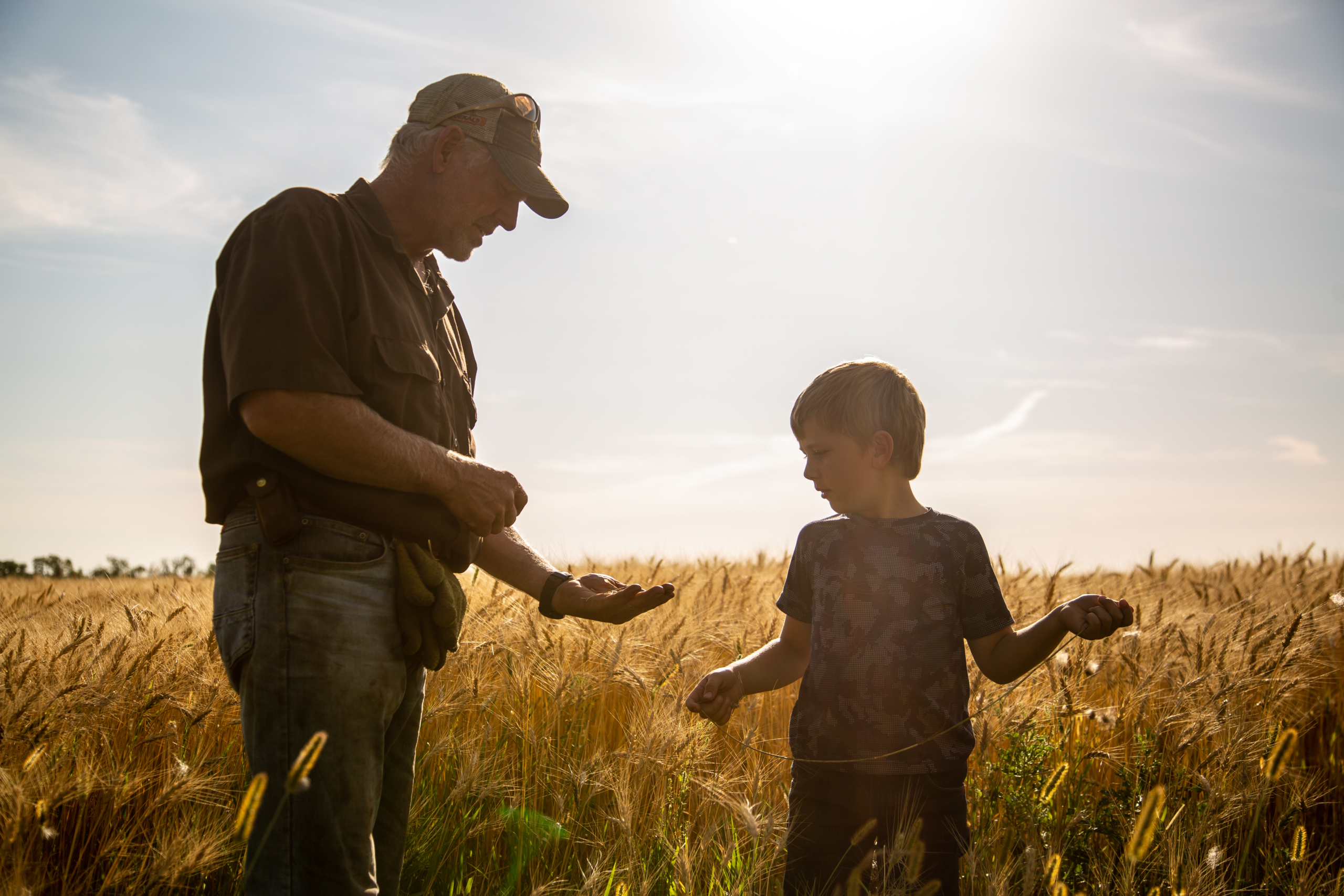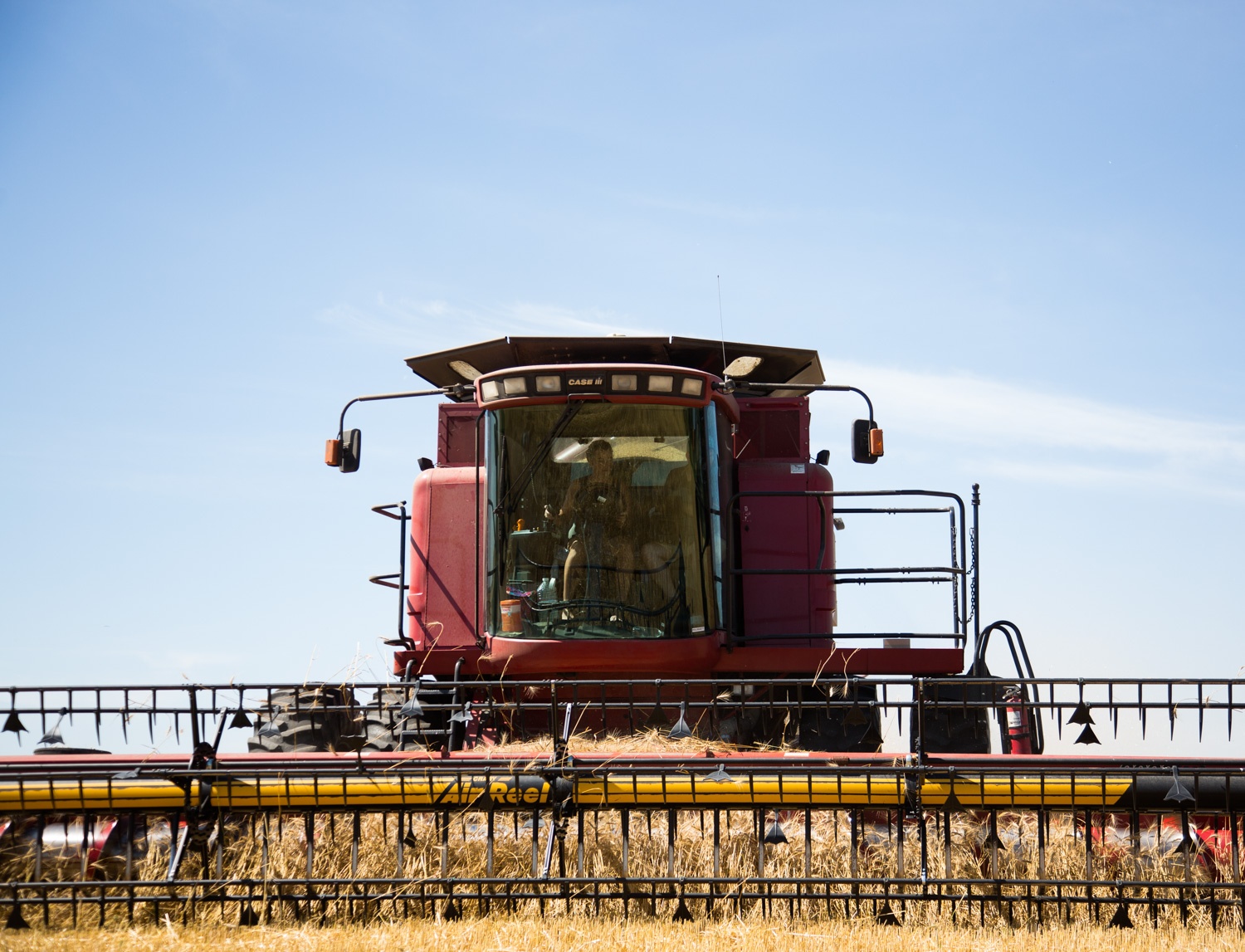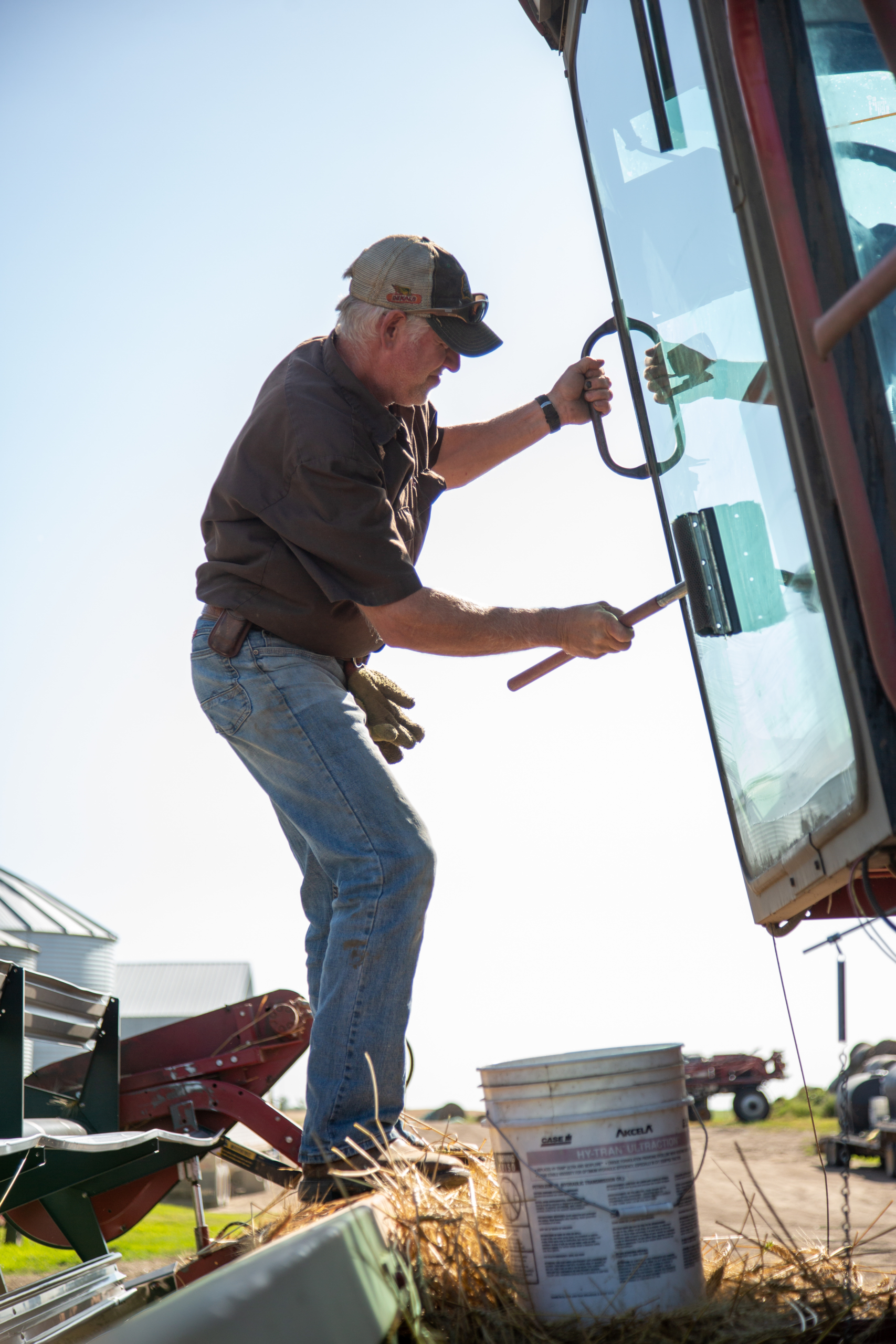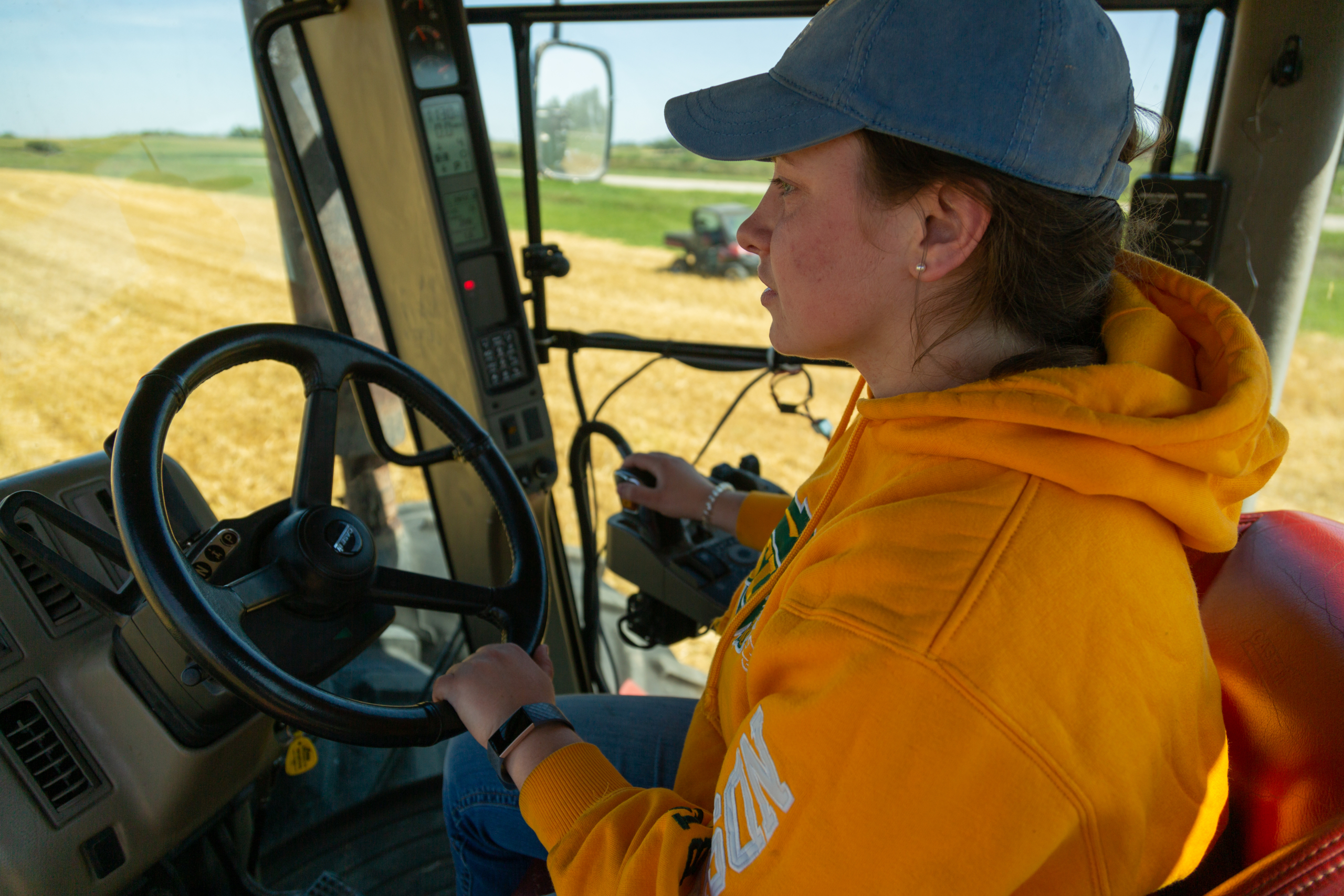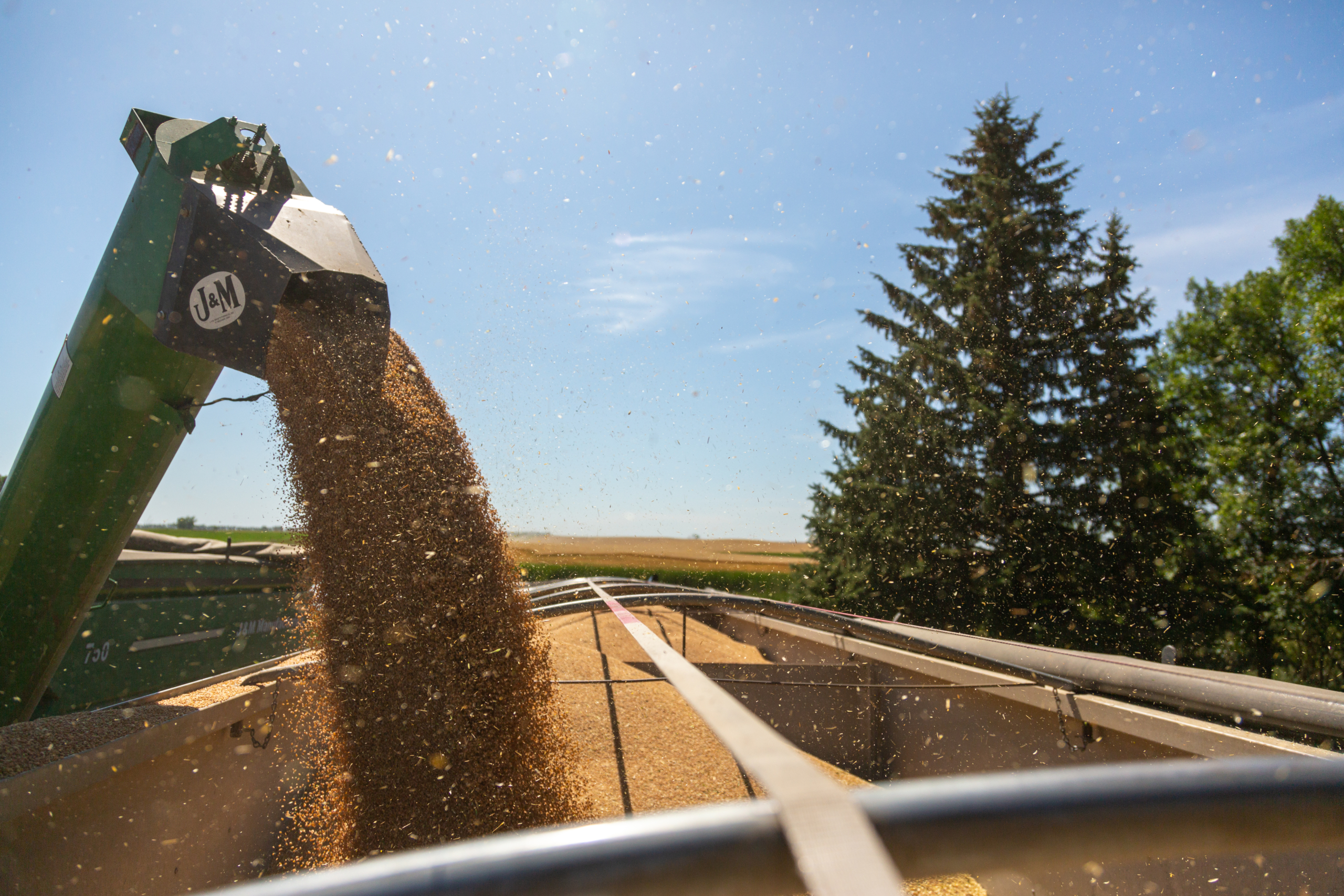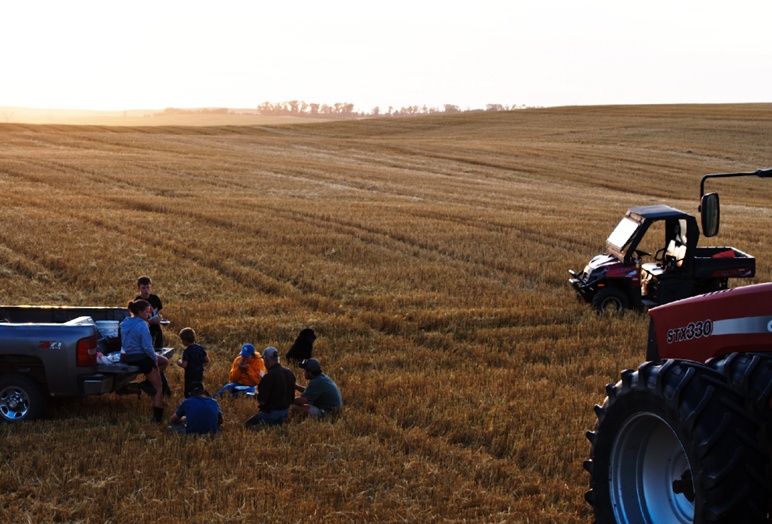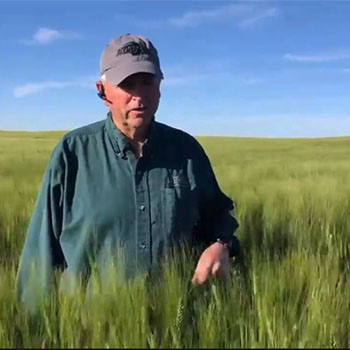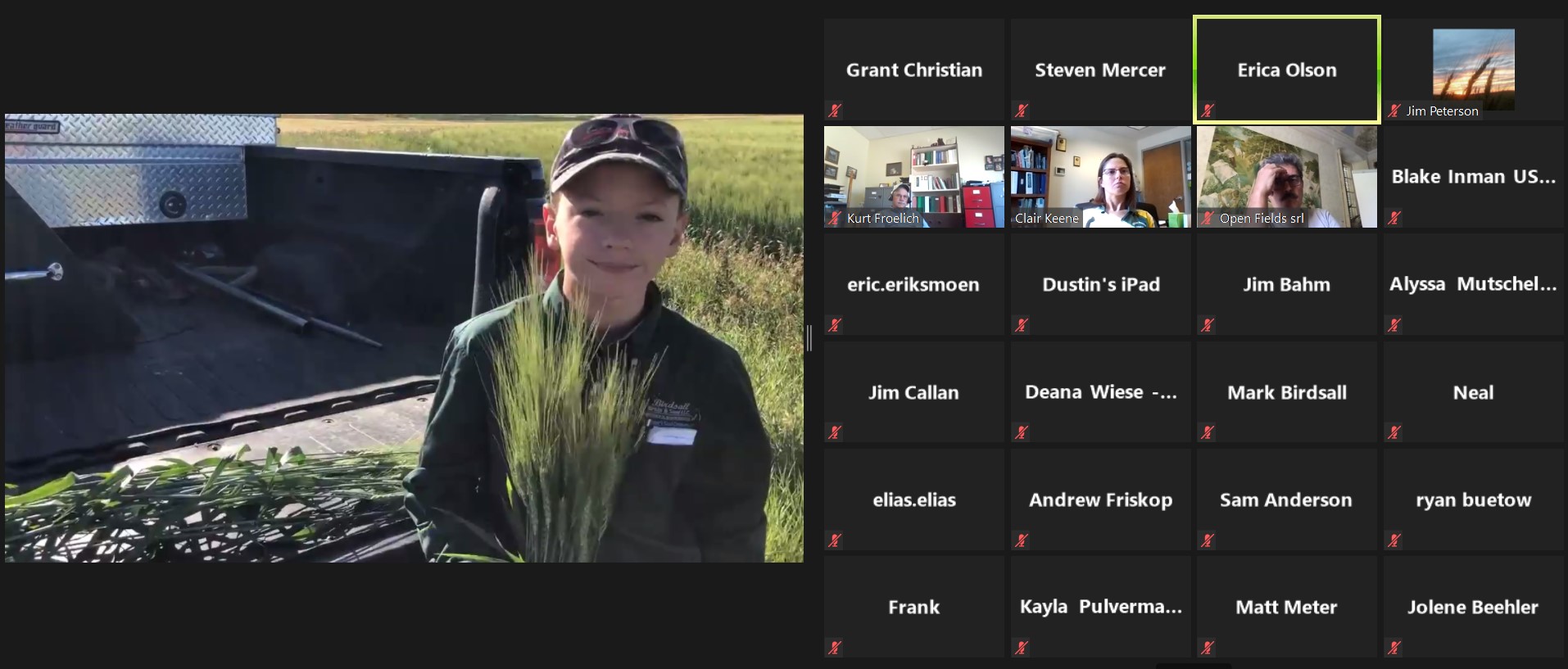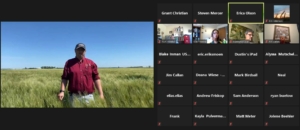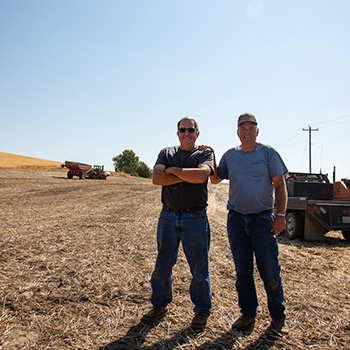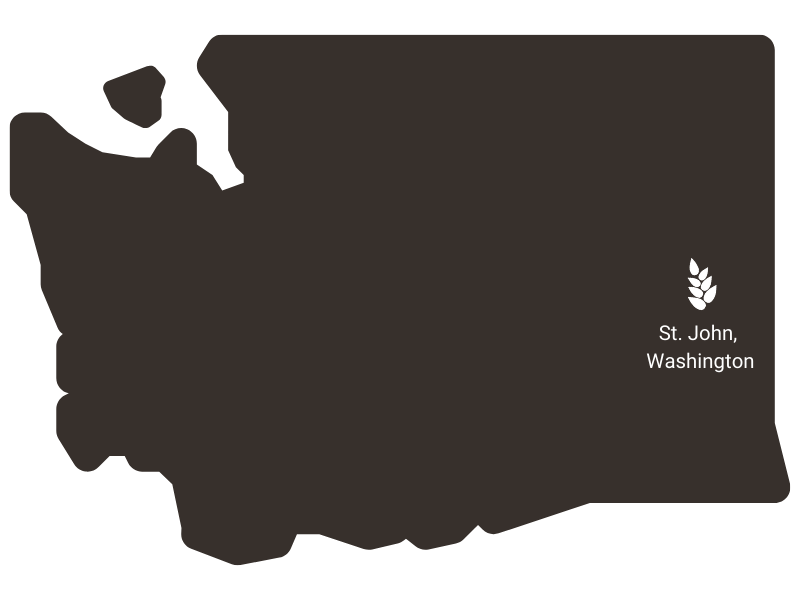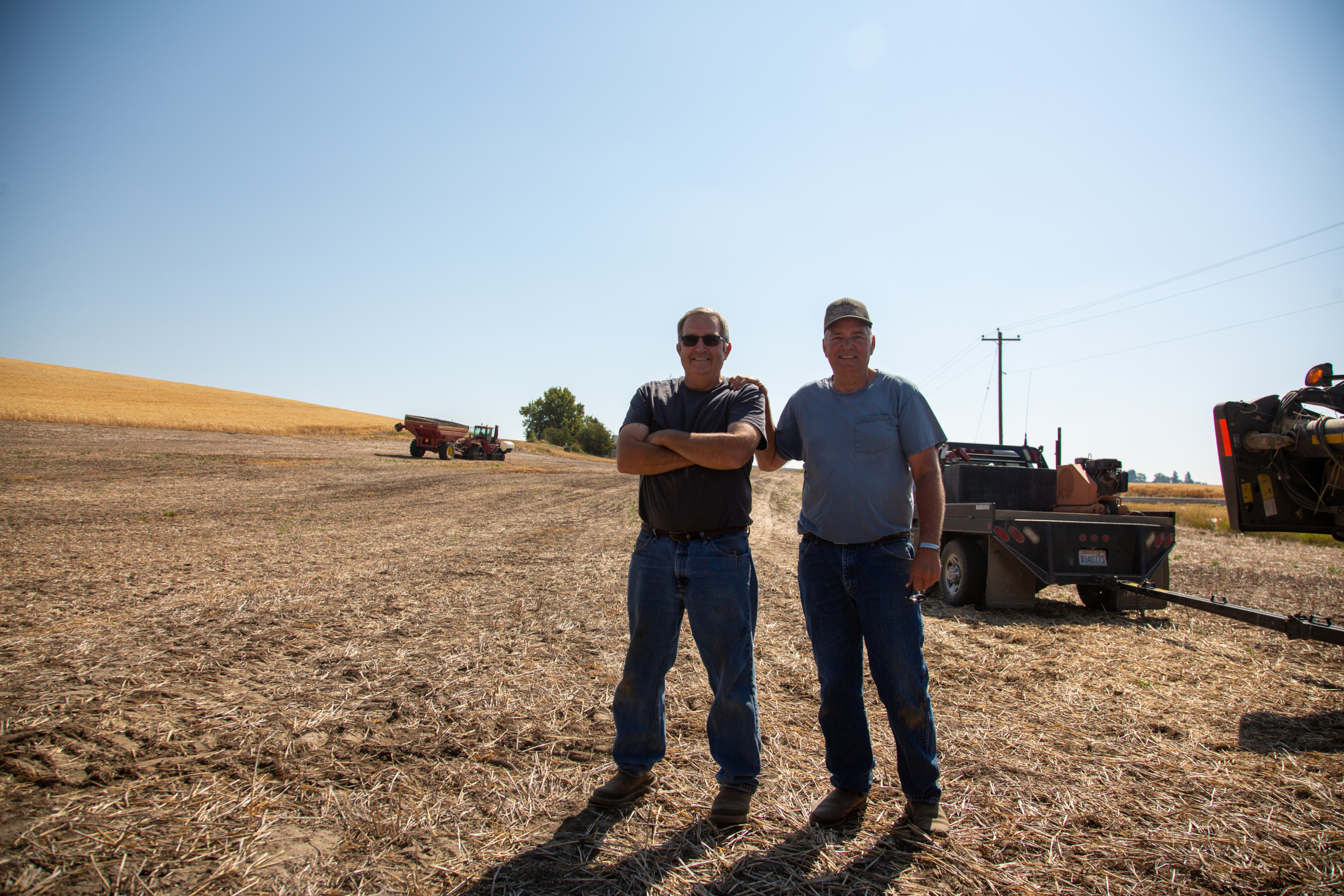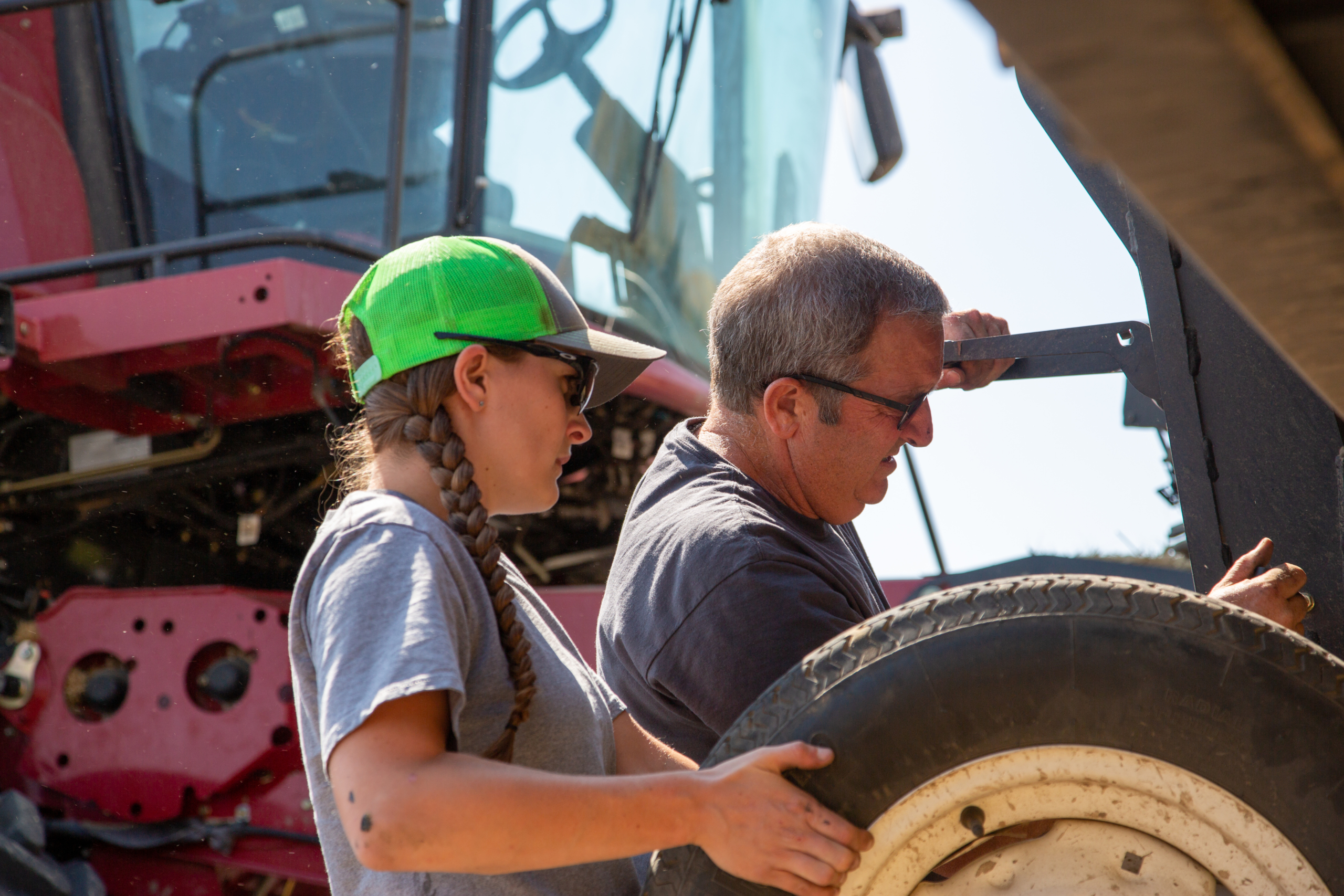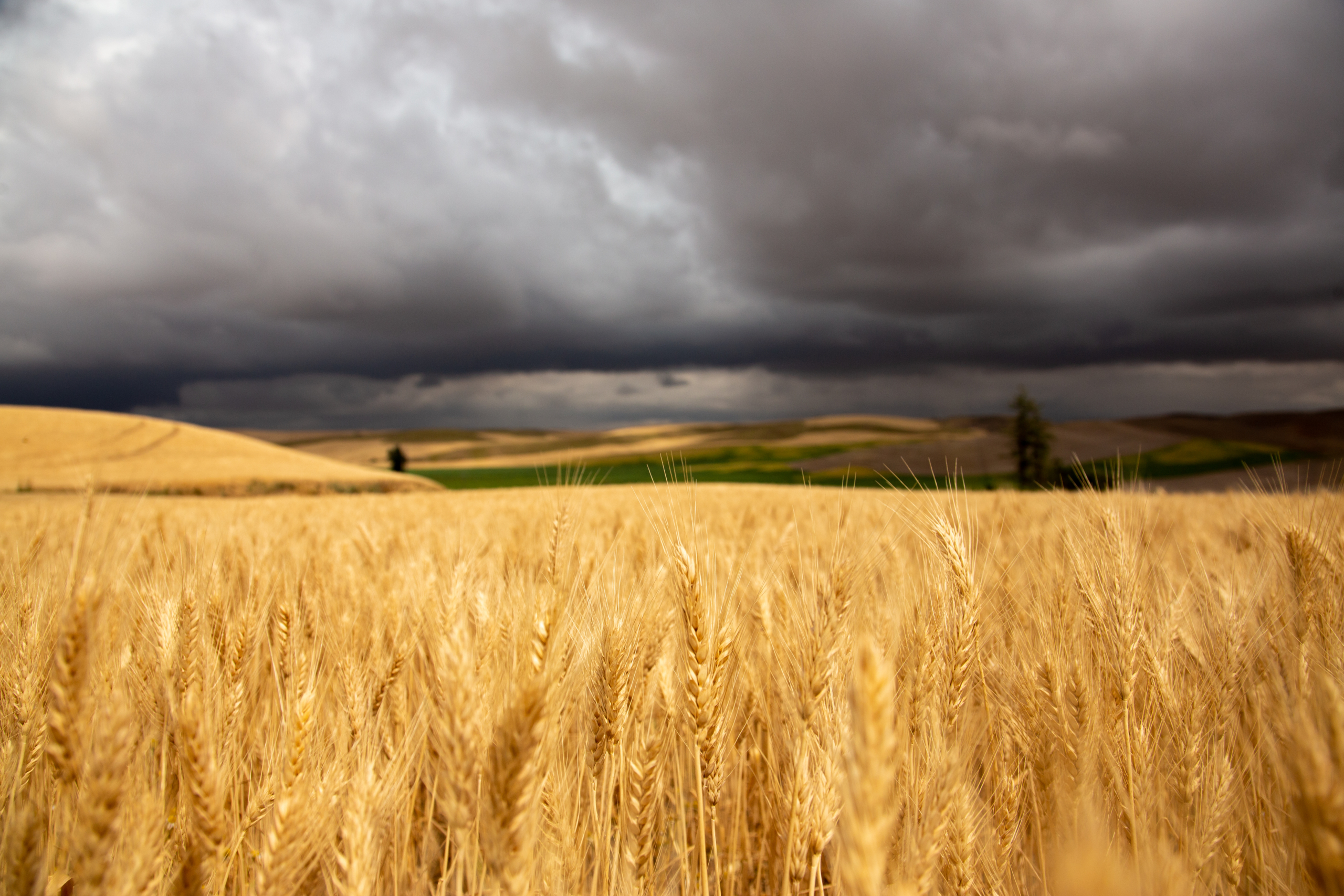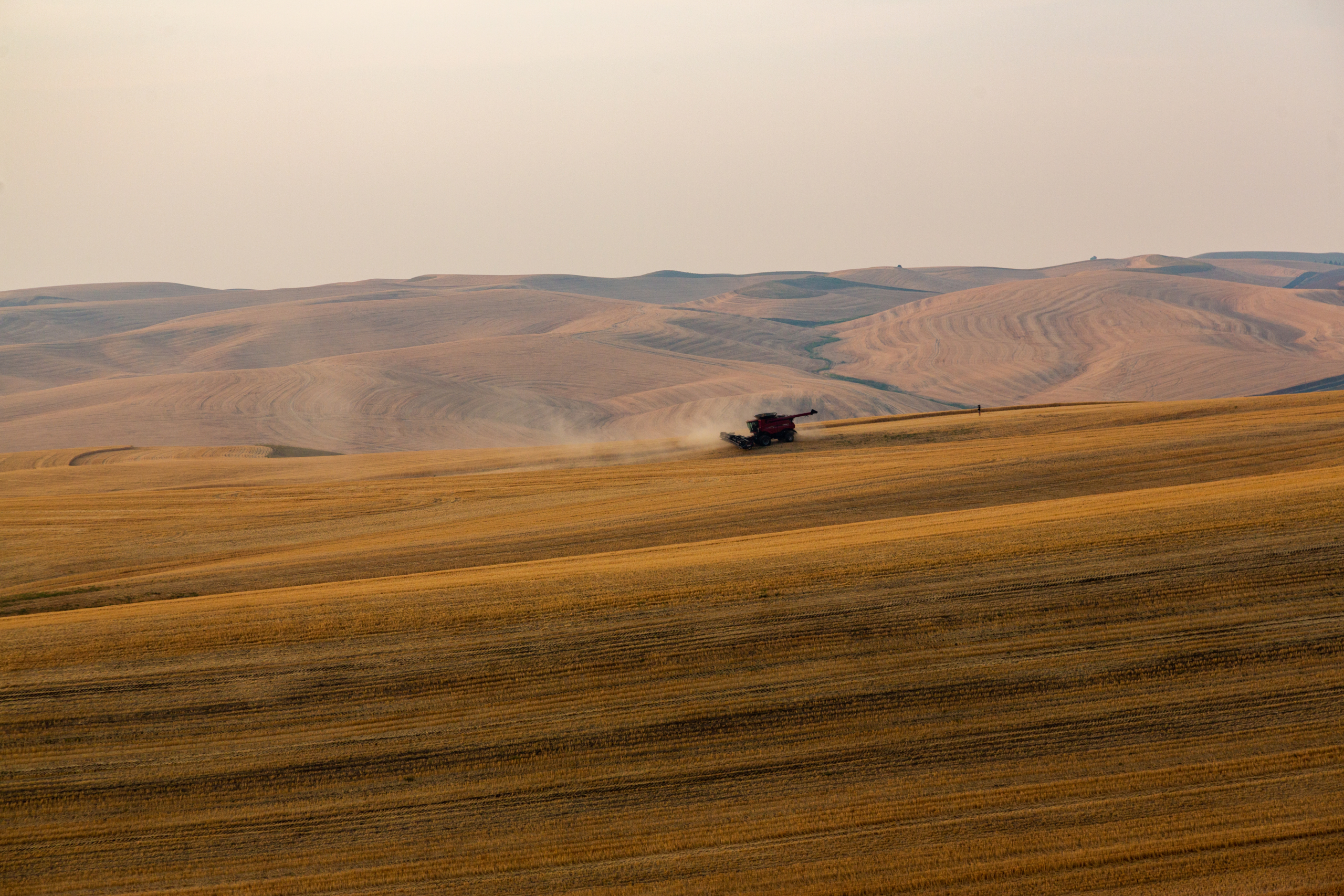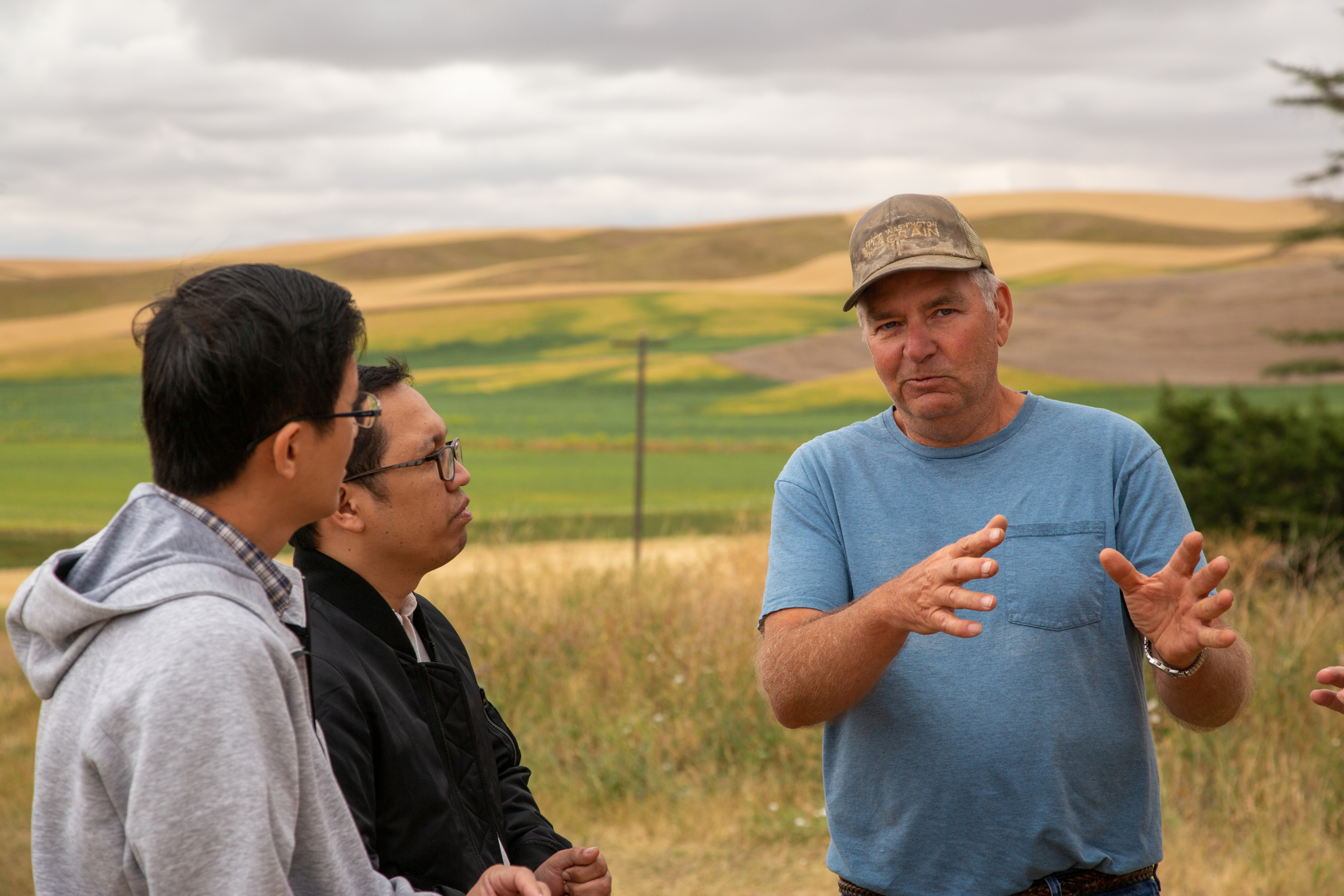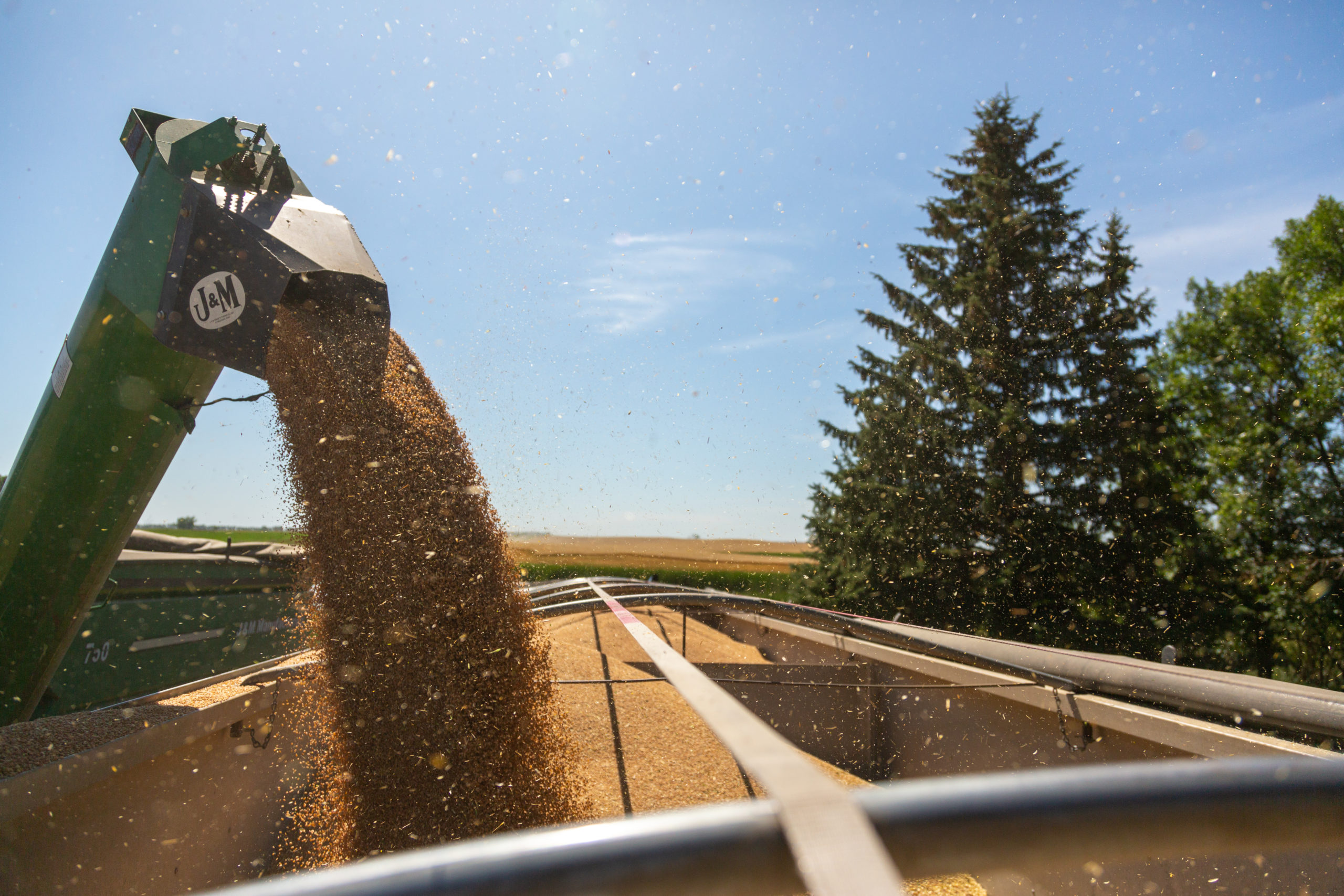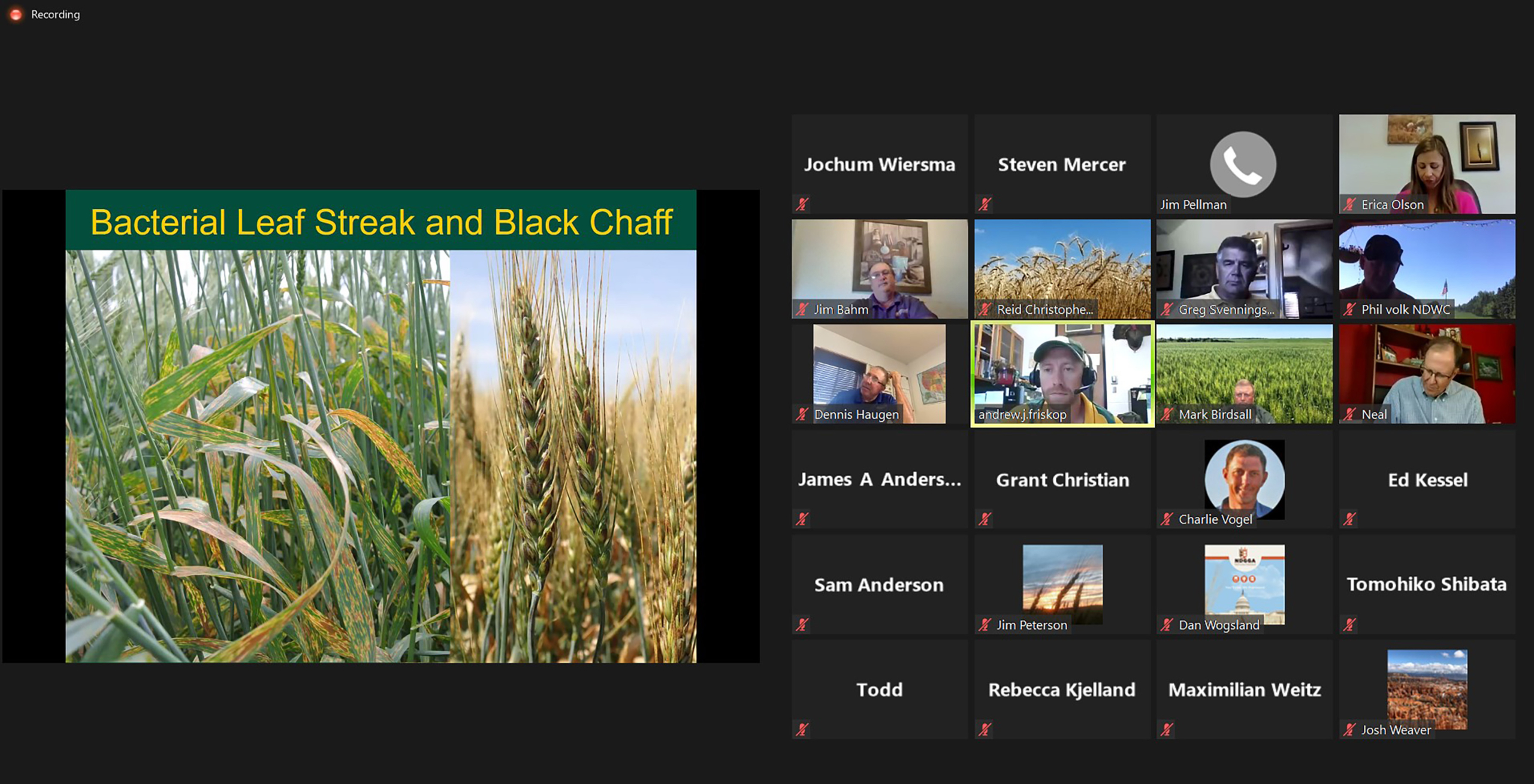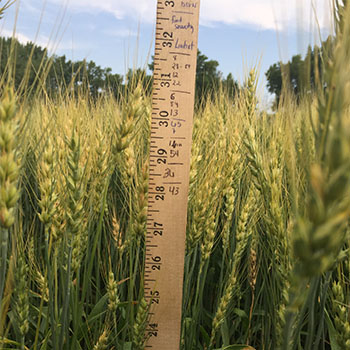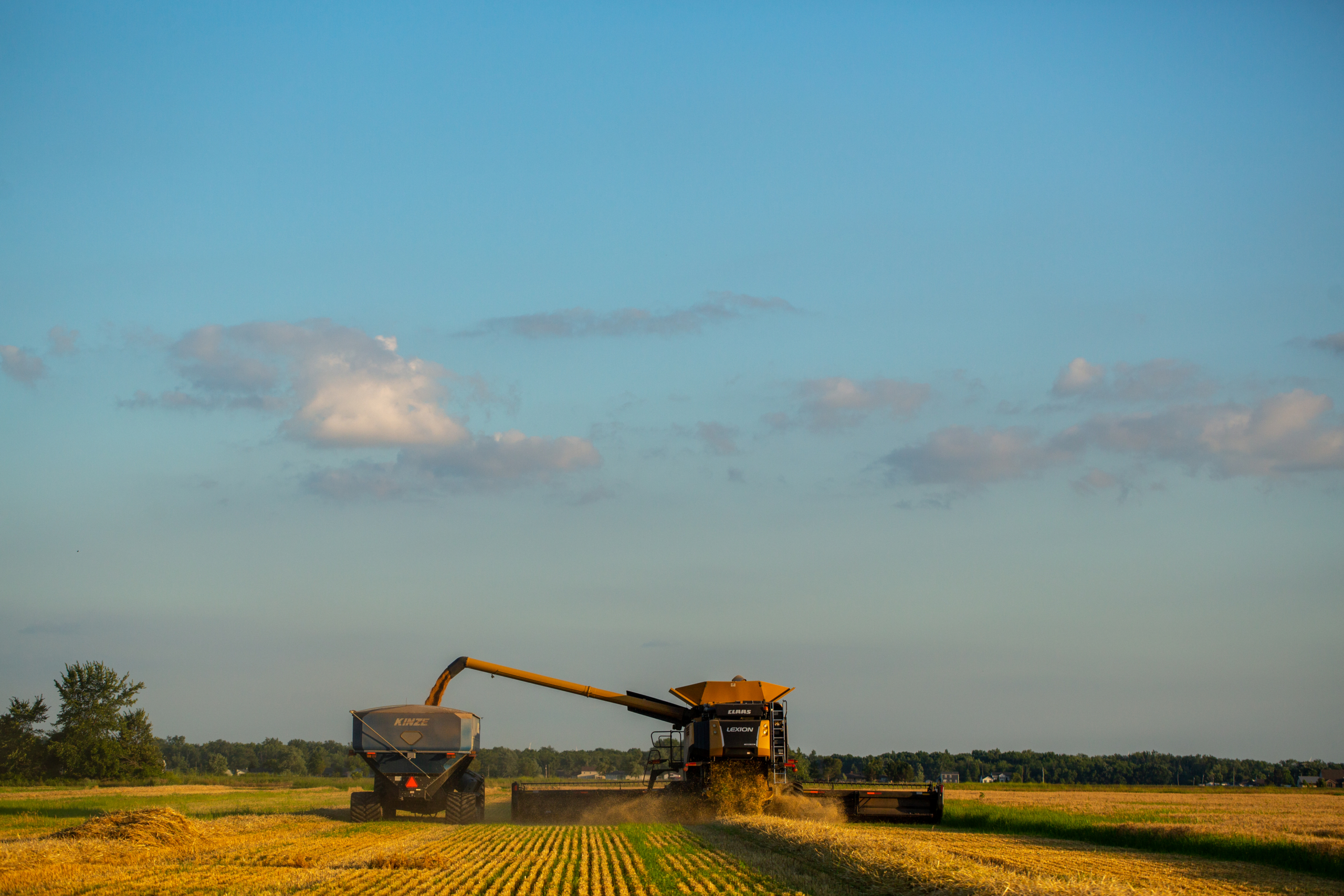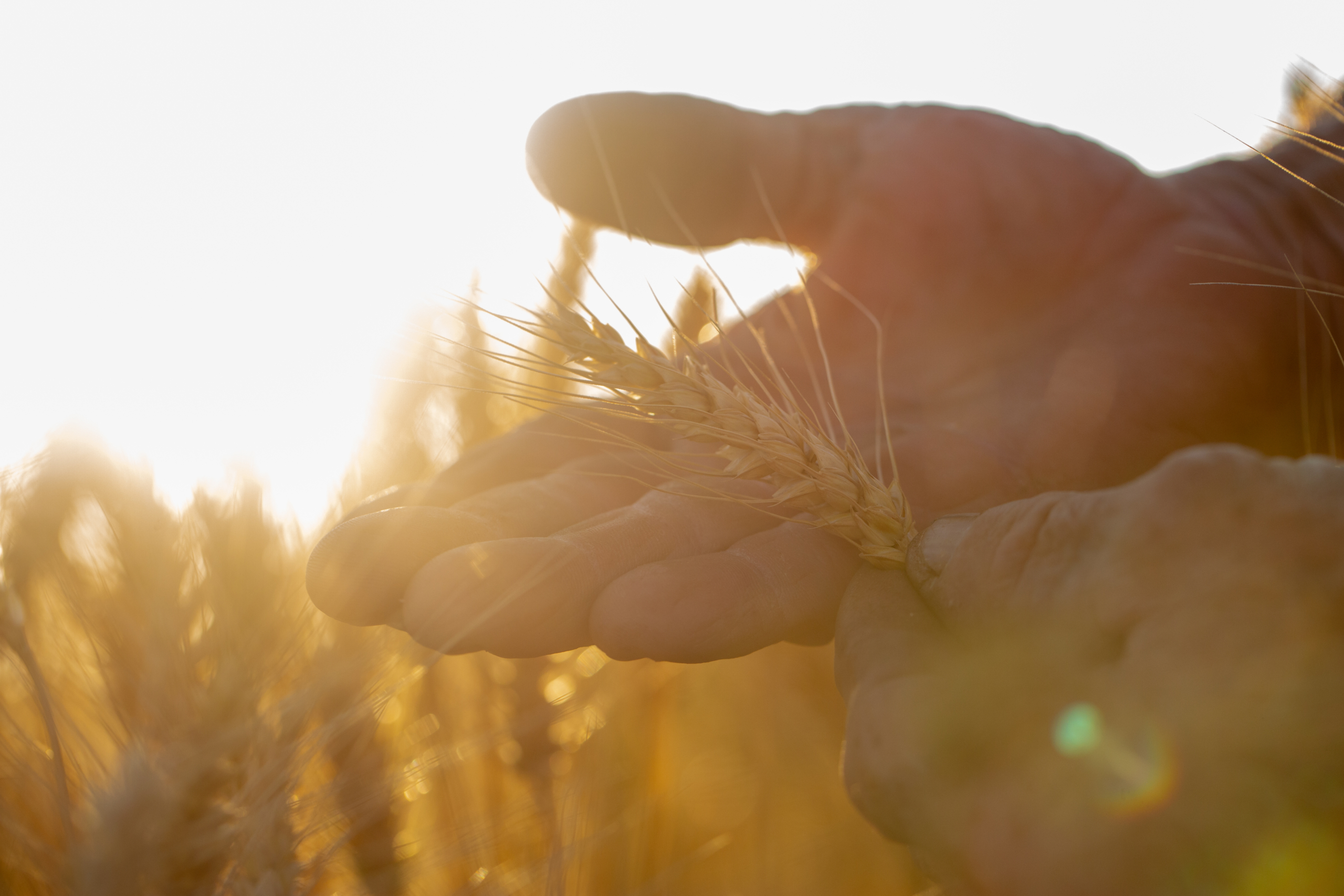The 2020 Desert Durum® crop will again deliver the valuable milling, semolina and pasta quality traits that customers have learned to expect and appreciate.
Desert Durum® is a registered certification mark owned jointly by the Arizona Grain Research and Promotion Council (AGRPC) and the California Wheat Commission (CWC). The mark certifies or is intended to certify that grain so named is at least 90 percent wheat grain produced under irrigation in the desert valleys and lowlands of Arizona or California.
Before providing details on the new crop Desert Durum® quality, here is a look back by AGRPC Executive Director Allan B. Simons at how this unique and valuable commodity evolved into the identity preserved product it is today.
Historical Perspective
Arizona and California farmers grew durum wheat widely in the decades before 1980. However, the varieties available at the time generally possessed such mediocre milling and semolina flour qualities that this “desert durum” suffered a rather poor reputation among both domestic and foreign semolina millers and pasta makers. Therefore, much of this production was consigned to livestock feed.
Somewhat better quality durum varieties were being grown and even exported by the early 1980s. However, a cross between several northern durum varieties and two high-producing desert varieties, performed by a private cereal breeding firm in 1976 serendipitously produced a line possessing such superior color and pasta quality traits that it was introduced to a major Italian pasta company in 1980/81. The Italian firm began importing this durum, first in containers before moving to cargo ship holds. The variety was awarded a plant variety protection certificate in 1982 and occupied significant crop acreage in Arizona and the Imperial Valley of California by 1983. This variety, with its very desirable qualities, represented the first in a long and continuing line of high-quality durum varieties adapted to the southwestern U.S. deserts now known as Desert Durum®. These varieties are developed and released by Arizona’s private breeding programs to be sold both domestically and overseas.
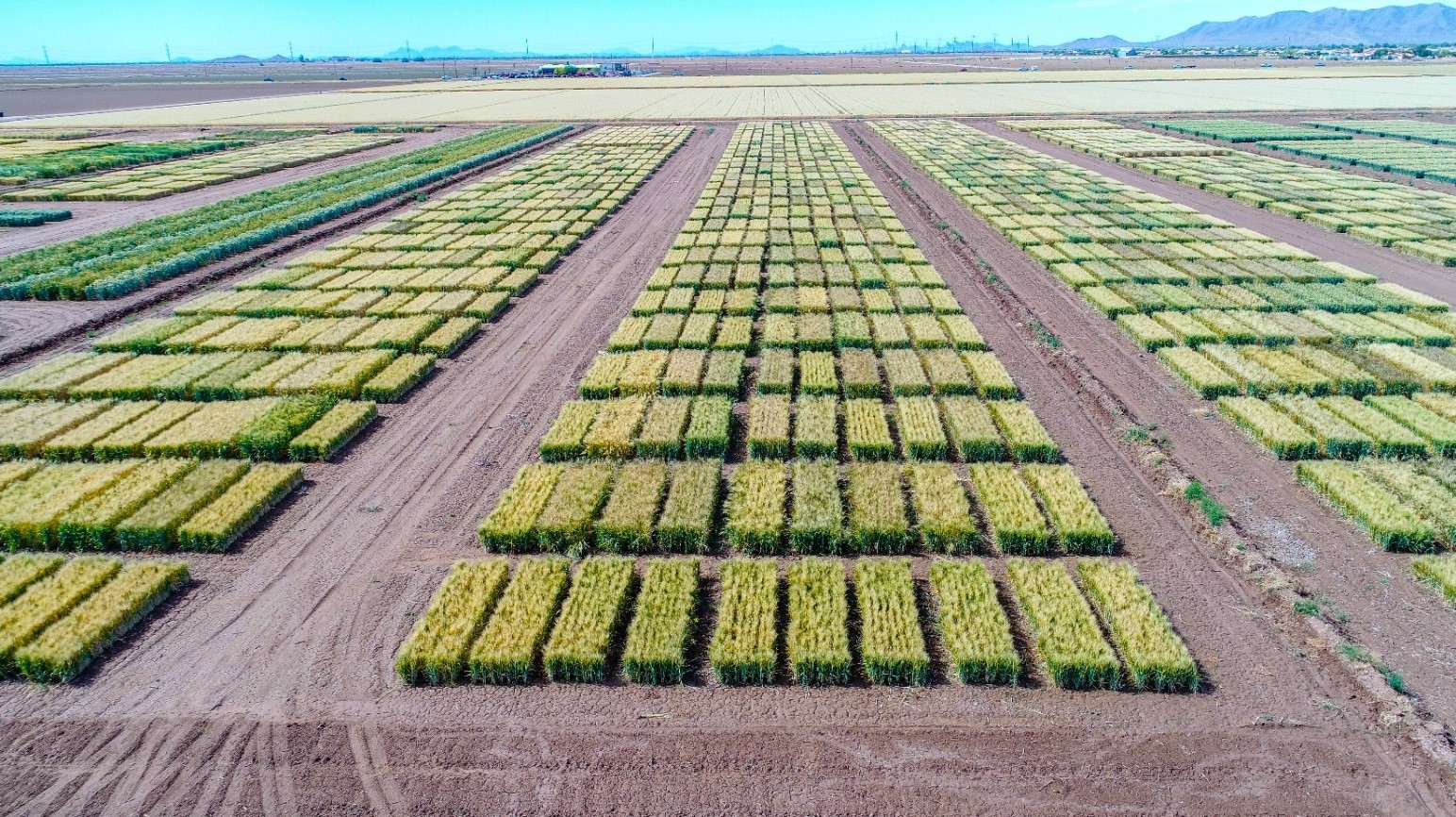
Arizona Desert Durum® variety trial plots.
About half of annual Desert Durum® production in Arizona and California has been exported for many years, with Italy as the perennial leading export destination. One reason for Italy’s continued purchase of Desert Durum® is its valued semolina quality traits, allowing Italian pasta makers to maintain quality standards as they deal with typically variable grain quality from other sources.
Arizona wheat growers possess very little grain storage capability, so most of the annual Desert Durum® crop is grown to be “identity preserved,” a program by which the grower plants certified seed purchased from the grain handler that will eventually purchase the crop. The grain crops are harvested, delivered and stored by variety for future shipment to fill existing or future customer orders. Also, the handlers continually remind growers of the critical need to maintain production practices needed to achieve the expected quality standards for Desert Durum®. Grain handler representatives annually discuss varietal traits, production conditions, prices, shipping realities and other factors with customers. They also work with U.S. Wheat Associates (USW) representatives to support and inform potential Desert Durum® buyers.
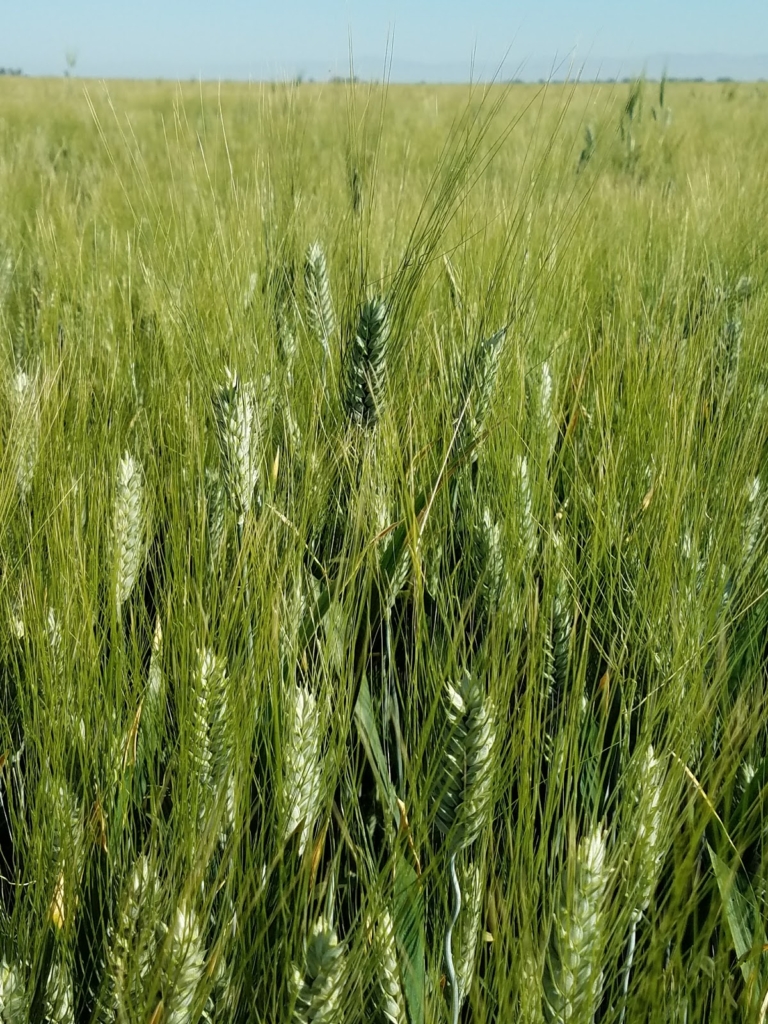
Sustainability Metrics
Some domestic and overseas customers of Desert Durum® have adopted certain “sustainability metrics” for their grain purchases that tend to cast an unfavorable reputation on small grains production in some environments. One of their negative metrics determines that wheat grown with substantial irrigation possesses a relatively high “water footprint,” defined as the quantity of water needed to produce a unit of grain.
The AGRPC recently commissioned a University of Arizona study that reviewed a wide range of the topic’s literature and production practices and environments that influence the metric. The study concluded that Arizona’s durum wheat production, as currently practiced, has a water footprint that is lower to much lower than evidenced in many other durum production regions. Furthermore, the report observes that the water footprint values stated or calculated for durum wheat production under Arizona’s conditions are over-stated on many sustainability websites. The report can be accessed on the following website under “2015 Project Reports”: https://agriculture.az.gov/arizona-grain-research-and-promotion-council-previously-funded-research-projects.
2020 Crop Quality
Desert Durum® crops in both Arizona and Southern California are grown under weather conditions and management practices that promote consistently favorable grain, milling, and semolina traits. These crops are seldom negatively affected by adverse weather events. The result is grain of consistently large low moisture kernels possessing very high hard amber durum counts and which yield high semolina extraction rates.
Desert Durum® production acreage in 2020 was somewhat greater than in 2019. The combined results of Desert Durum® surveys conducted by the AGRPC and CWC reveals the following crop data. The average grade is No. 1 Hard Amber Durum (HAD). Test weight is 62.3 lb/bu (81.1 kg/hl). The average hard vitreous amber kernel content (HVAC) is 99.0%, a high average typical of Desert Durum®. Average damaged kernels are 0.2% and total defects are 0.6%. Desert Durum® is characterized by its low kernel moisture content and this year’s average is 6.9%. Protein content average is 14.5% (12% mb).
Semolina and Processing Data. The semolina extraction rate average across varieties is 71.1%. The semolina b* value is 32.7, higher than 2019 b* value of 29.2. Wet gluten is 34.7% and gluten index is 87. Semolina Mixograph score is 7 and Alveograph W value is 294 (10-4 J), both of which indicate high strength. Pasta color b* value is 43 and score is 9.6. Pasta cooked firmness is 7.4, higher than 2019.
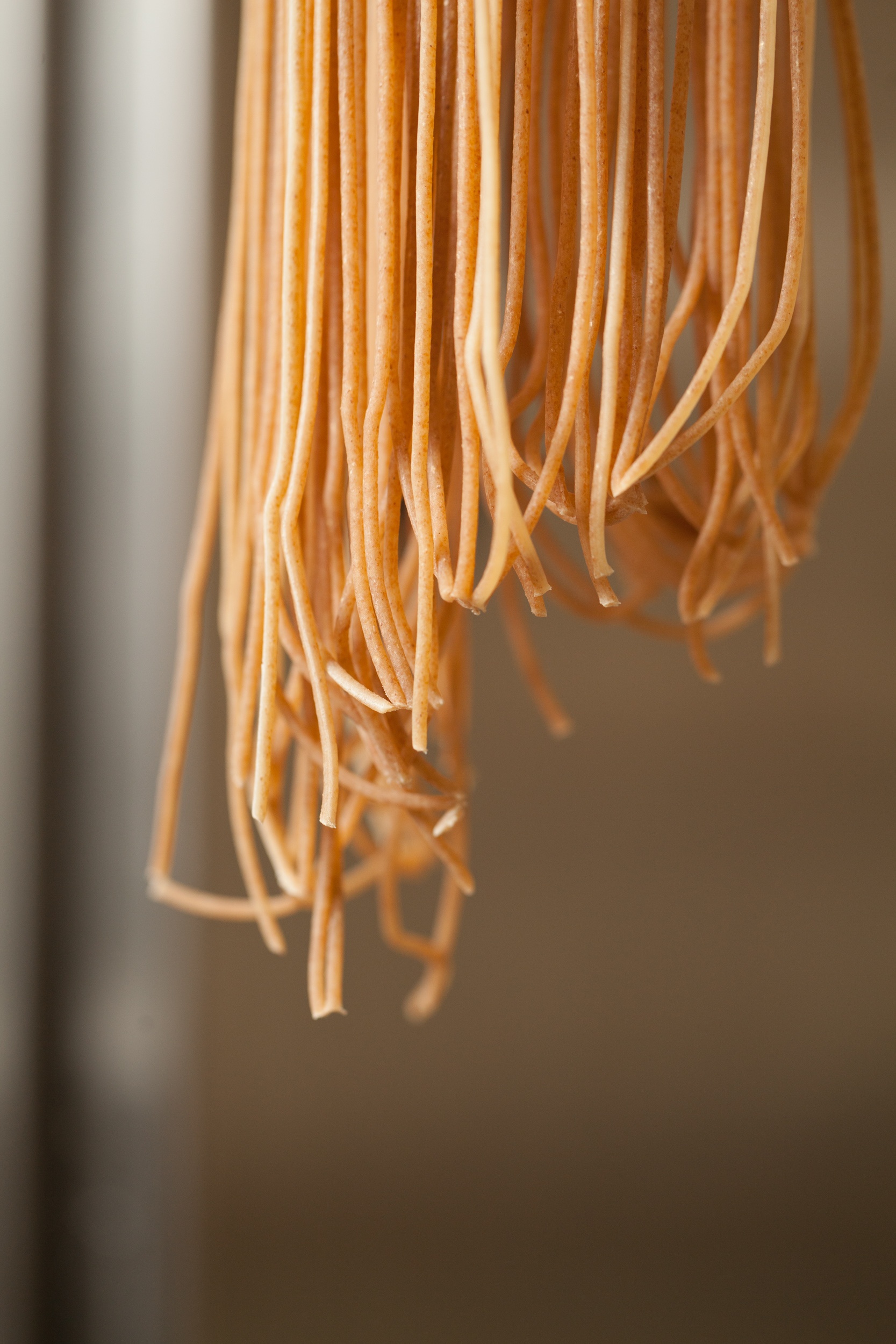
Whole wheat durum pasta.

